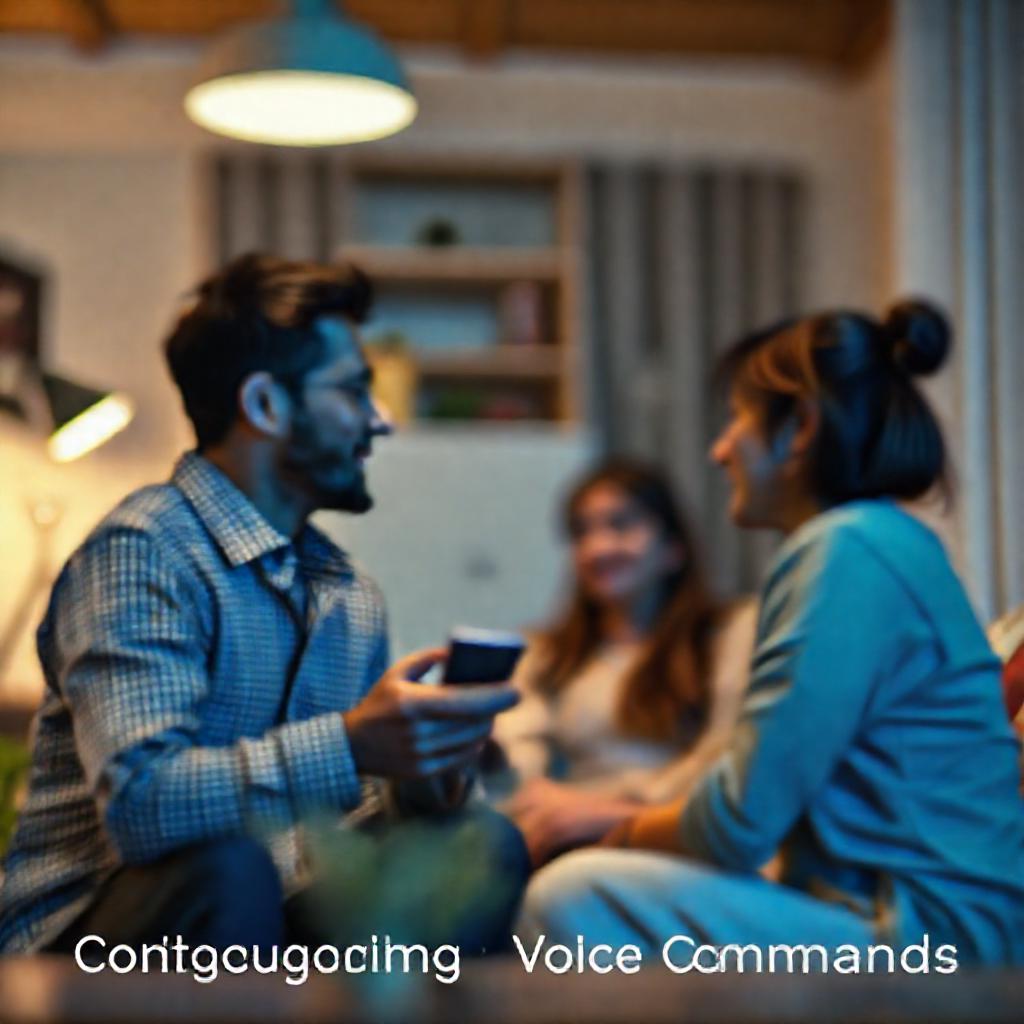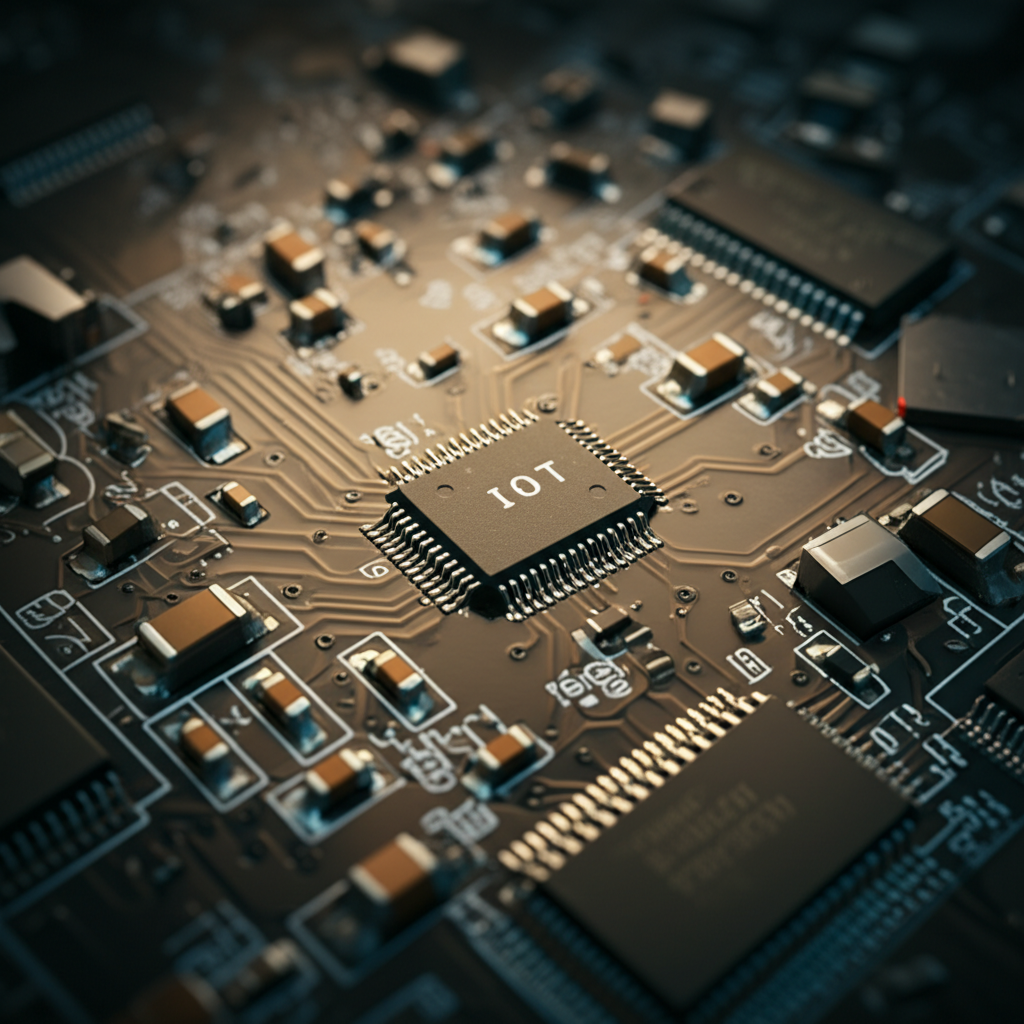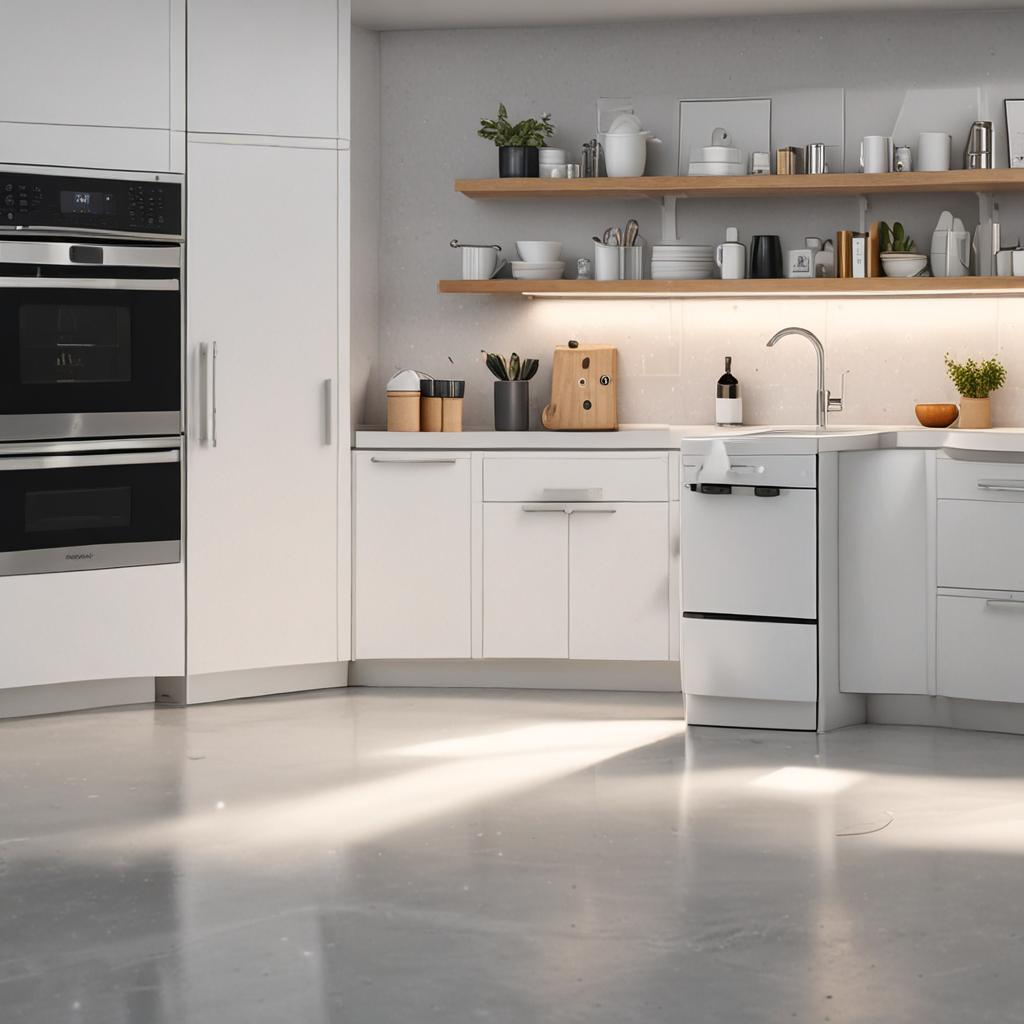Table of Contents Show
Imagine waking up in the morning and with a simple voice command, your lights turn on, the coffee starts brewing, and your thermostat adjusts to the perfect temperature. This isn’t science fiction—it’s the reality of today’s smart homes powered by the Internet of Things (IoT) and voice-controlled assistants like Google Assistant. As technology continues to reshape our daily lives, IoT-based home appliance control has emerged as a game-changer, offering unmatched convenience, efficiency, and security. By integrating everyday appliances with Google Assistant, homeowners can manage their environment seamlessly using just their voice. This blog explores how IoT and Google Assistant work together, how to set up your own smart home system, the benefits and challenges involved, and what the future holds for this transformative technology.
Historical Timeline
2016
Google Assistant launched, enabling voice control integration.
2018
Google Home Hub released, expanding smart home capabilities.
2020
IoT standards and protocols for home appliances established.
2022
Widespread adoption of IoT-based home appliance control.
2025
Advanced AI integration for predictive appliance control.
Timeline infographic for Iot Based Home Appliance Control Using Google Assistant
What is IoT?
The Internet of Things (IoT) refers to a network of physical devices embedded with sensors, software, and connectivity that allows them to exchange data with other devices and systems over the internet. These smart devices can range from household appliances like refrigerators and washing machines to security cameras and thermostats. By connecting to the internet, they gain the ability to be monitored and controlled remotely. In everyday life, IoT devices are already present in smart speakers, fitness trackers, and connected lighting systems, making homes more responsive and automated.
Introduction to Google Assistant
Google Assistant is an AI-powered virtual assistant developed by Google that can perform a wide range of tasks through voice commands or text input. It’s available on smartphones, smart speakers, displays, and other compatible devices. Users can ask Google Assistant to play music, set reminders, answer questions, and control smart home devices. The assistant understands natural language and learns from user behavior to provide personalized responses. Its integration with IoT devices allows it to act as a central control hub for a smart home ecosystem, enabling hands-free management of connected appliances.
The Synergy Between IoT and Google Assistant
When IoT devices are paired with Google Assistant, they form a powerful smart home network where voice commands can trigger actions across multiple appliances. For example, saying “Hey Google, good morning” can simultaneously turn on the lights, start the coffee maker, and read out the day’s weather and news. This synergy simplifies home automation by eliminating the need for multiple apps or manual operations. Key benefits include improved accessibility for people with mobility challenges, seamless integration across brands, and the ability to create customized routines that enhance daily living.
Setting Up IoT Based Home Appliance Control
Choosing the Right IoT Devices
Many household appliances can be upgraded to smart devices, including lights, plugs, thermostats, fans, air conditioners, and even kitchen appliances like ovens and coffee makers. When selecting IoT devices, ensure they are labeled as “Works with Google Assistant” for seamless compatibility. Consider factors such as device reliability, ease of setup, energy efficiency, and customer support. Smart plugs are an excellent starting point, as they can convert any regular appliance into a voice-controlled one without requiring a full replacement.
Connecting IoT Devices to Google Assistant
To connect IoT devices, you’ll need a smartphone or tablet with the Google Home app installed and a stable Wi-Fi network. Begin by plugging in your smart device and powering it on. Open the Google Home app, tap the “+” icon, and follow the on-screen instructions to add the device. The app will guide you through connecting the device to your Wi-Fi and syncing it with your Google account. Once linked, the device will appear in your Google Home dashboard and be ready for voice control.
Configuring Voice Commands
After setup, you can customize voice commands to control your appliances efficiently. Google Assistant supports natural language, so you can say things like “Turn off the bedroom lights” or “Set the living room lights to warm white.” You can also create routines—custom voice-activated sequences—such as saying “Hey Google, I’m leaving” to turn off all lights, lock doors, and arm security systems. To ensure clarity, assign unique and descriptive names to devices during setup, and avoid using similar names that could confuse the assistant.

Benefits of IoT Based Home Appliance Control
Enhanced Convenience
One of the most immediate benefits of IoT-based control is the convenience it brings to everyday life. You can adjust lighting, temperature, and entertainment systems without lifting a finger. For instance, if your hands are full, you can simply ask Google Assistant to open the garage door or start the washing machine. Parents can use voice commands to turn off kids’ bedroom lights at bedtime, and seniors can operate appliances safely without needing to move around. This hands-free control streamlines household tasks and improves overall quality of life.
Energy Efficiency
Smart control enables better energy management by allowing users to monitor and optimize appliance usage. For example, you can schedule lights and thermostats to turn off when no one is home, reducing unnecessary power consumption. Some smart thermostats learn your preferences and automatically adjust temperatures for maximum efficiency. According to studies, homes using smart thermostats and lighting systems can save up to 20% on energy bills annually. Real-time energy monitoring features in certain apps also help identify high-consumption devices and suggest improvements.
Improved Security
IoT and Google Assistant enhance home security by enabling remote monitoring and instant alerts. You can connect smart locks, doorbells, and cameras to receive notifications when someone approaches your door or enters your home. Through voice commands, you can check live camera feeds on a smart display or ask, “Is the front door locked?” Even when traveling, you can remotely control lights to simulate occupancy and deter intruders. These features provide peace of mind and greater control over your home’s safety.
Challenges and Solutions in IoT Based Home Appliance Control
Common Issues
Users may encounter issues such as devices going offline, delayed responses, or failure to connect during setup. These problems are often due to weak Wi-Fi signals, device firmware issues, or incorrect app configurations. To minimize disruptions, ensure your router is centrally located and supports the latest Wi-Fi standards. Regularly update device firmware through the manufacturer’s app, and double-check that all devices are on the same network as your Google Assistant-enabled speaker or display.
Security Concerns
Because IoT devices collect and transmit personal data, they can be targets for cyberattacks. Risks include unauthorized access to cameras, microphones, and home networks. To protect your system, use strong, unique passwords for your Wi-Fi and device accounts. Enable two-factor authentication where available, and avoid using public Wi-Fi to control your smart home. Regularly review app permissions and disable data sharing features you don’t need. Choosing devices from reputable brands with strong security protocols is also crucial.

Troubleshooting Tips
If a device isn’t responding, try restarting it and your router. Rebooting the Google Home app or unlinking and re-adding the device can also resolve connectivity issues. Ensure your Google Assistant device is within range of your Wi-Fi and that no physical obstructions are interfering with the signal. For persistent problems, consult the device manufacturer’s support website or contact customer service. Online forums and communities can also provide helpful insights from other users facing similar challenges.
Future Trends in IoT and Google Assistant Integration
Advancements in IoT Technology
IoT technology is evolving rapidly, with innovations such as edge computing, which allows devices to process data locally instead of relying on the cloud, resulting in faster response times and improved privacy. New sensors are enabling more precise environmental monitoring, while AI-driven analytics help devices anticipate user needs. These advancements will make home appliances even more intuitive, such as a refrigerator that suggests recipes based on available ingredients or a washing machine that detects fabric types and selects the optimal cycle automatically.
Upcoming Features in Google Assistant
Google is continuously enhancing Google Assistant with more natural conversations, improved multilingual support, and deeper integration with third-party services. Future updates may include proactive suggestions—for example, reminding you to close windows before turning on the air conditioner. The assistant is also gaining better contextual awareness, allowing it to understand routines and preferences more accurately. These enhancements will make voice control more seamless and personalized, further simplifying smart home management.
Potential Innovations
Looking ahead, we can expect innovations like full home automation ecosystems that learn and adapt without manual input. Integration with renewable energy systems, such as solar panels and smart grids, could enable homes to optimize energy usage based on real-time supply and demand. Wearables and health monitoring devices may also sync with home systems to adjust lighting and temperature based on your physical well-being. These future developments promise a smarter, more sustainable, and user-centric living experience.
FAQ Section
- Q: Can I control any home appliance with Google Assistant?
A: You can control appliances that are either natively smart or connected via a smart plug or hub. Devices must be compatible with Google Assistant, typically indicated by the “Works with Google Assistant” badge. Commonly controlled appliances include lights, thermostats, fans, coffee makers, and TVs. Older or non-smart devices can be made voice-controllable using smart plugs.
- Q: What are the privacy concerns with IoT-based home control?
A: Privacy concerns include potential data collection from microphones, cameras, and usage patterns. To protect your privacy, review and adjust privacy settings in the Google Home app, disable microphone access when not needed, and regularly delete voice history. Choose devices with local data processing options and avoid sharing sensitive information through voice commands.
- Q: Do I need special skills to set up IoT devices with Google Assistant?
A: No advanced technical skills are required. Most smart devices come with user-friendly setup guides and are designed for plug-and-play installation. As long as you have a smartphone, Wi-Fi, and the Google Home app, you can follow the step-by-step instructions to connect and control your devices with ease.
- Q: How can I ensure my smart home system is secure?
A: Use a strong Wi-Fi password, enable network encryption (WPA3), and keep all devices updated. Change default usernames and passwords on smart devices, and segment your network by creating a separate guest network for IoT devices. Regularly audit connected devices and remove any that are no longer in use.
- Q: What are the costs involved in setting up an IoT-based smart home?
A: Costs vary based on the number and type of devices. Basic setups with smart plugs and bulbs can start under $100. Mid-range systems including thermostats, cameras, and speakers may cost $300–$600. High-end whole-home automation with advanced security and climate control can exceed $1,000. There are generally no ongoing subscription fees, though some services may offer premium features for a fee.
Conclusion
IoT-based home appliance control using Google Assistant represents the future of modern living—offering convenience, energy savings, and enhanced security through seamless voice automation. By understanding how IoT and Google Assistant work together, selecting the right devices, and following best practices for setup and security, anyone can transform their home into a smart, responsive environment. While challenges like compatibility and privacy exist, they can be effectively managed with proper knowledge and precautions. As technology continues to evolve, the possibilities for smarter, more intuitive homes are expanding rapidly. Now is the perfect time to explore this innovative ecosystem and take the first step toward a more connected, efficient, and comfortable lifestyle. Start small, learn as you go, and enjoy the benefits of a home that truly listens.





